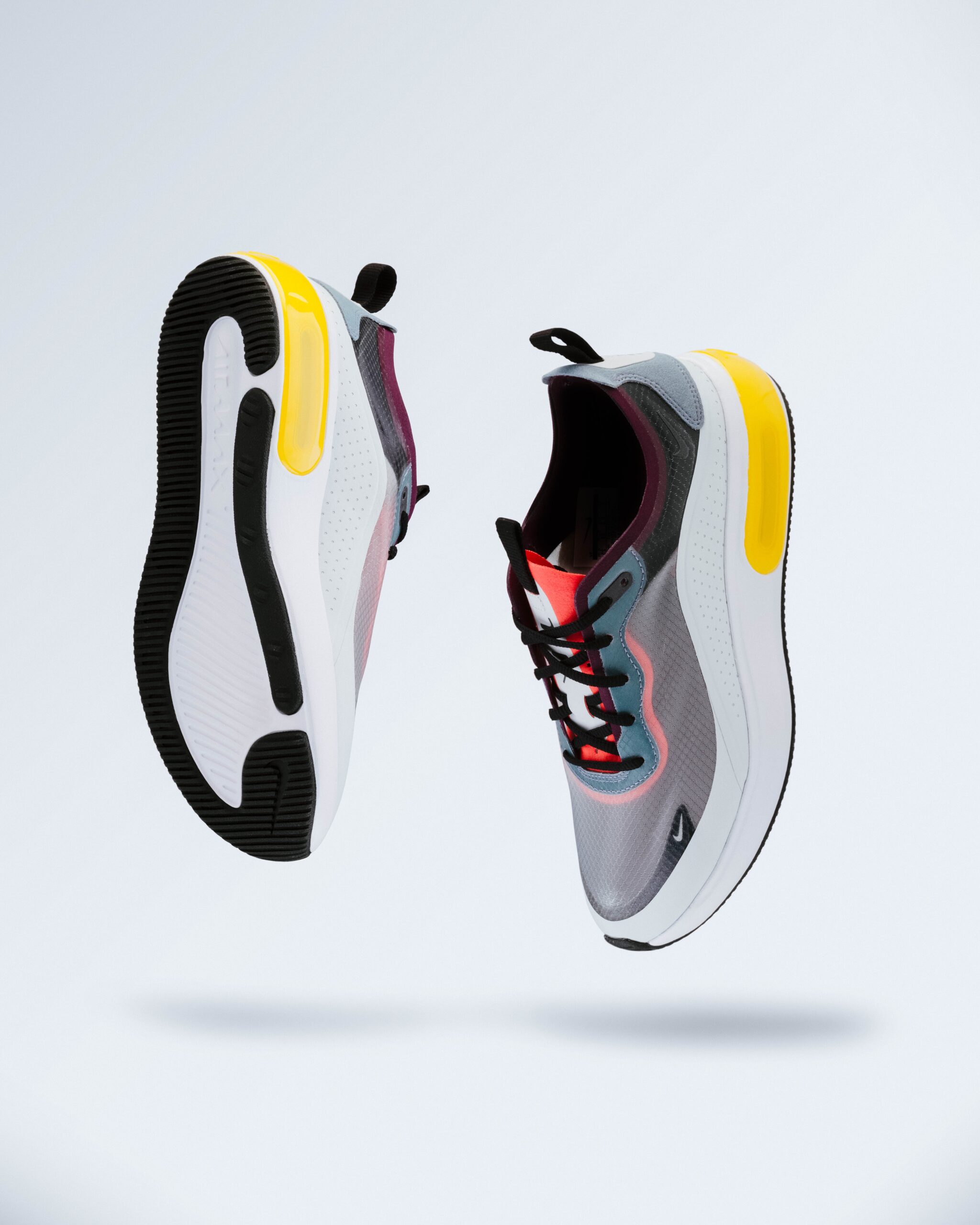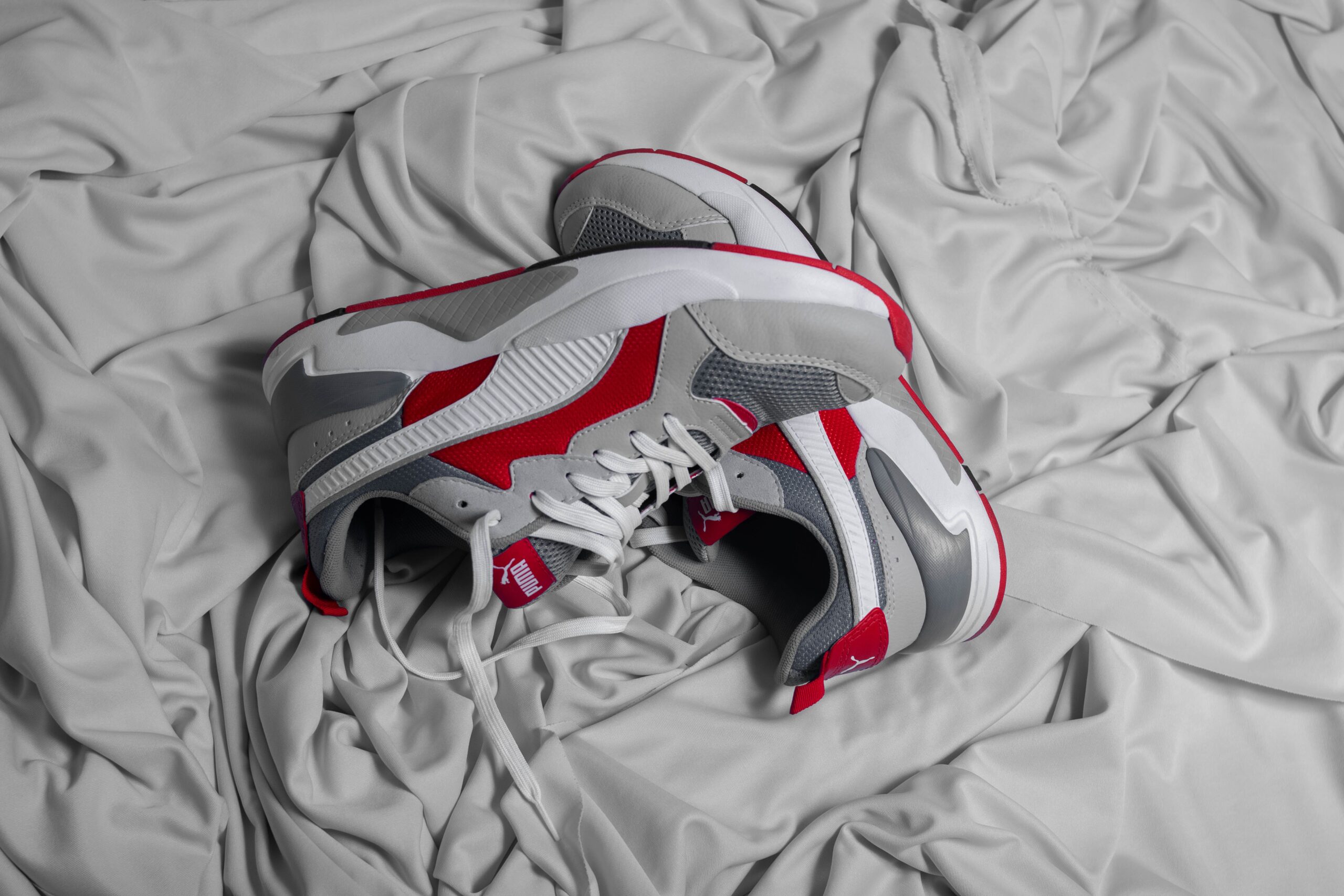How has the market for replica sneakers evolved in recent years?
Over the years, the sneaker industry has changed dramatically, and both fashionable people and sneakerheads look forward to the newest releases from well-known brands. Still, the murky world of fake trainers is thriving alongside the legal industry. The market for fake trainers has changed over the past several years due to several factors, resulting in a dynamic environment that presents ongoing challenges
to the business and consumers alike.

Progress in Replication Techniques:
One of the most notable developments in the replica sneaker market is the continuous improvement in replication techniques. As technology evolves, counterfeiters have found innovative ways to produce replicas that closely mimic the appearance and feel of authentic sneakers. It’s getting harder and harder to tell these imitations apart from the real thing, thanks to their careful designs and high-quality materials.
E-commerce Platforms and Online Communities:
The market for fake trainers has grown significantly as a result of the internet age. Online marketplaces have developed and become sites for the selling of fake trainers
since they frequently operate in countries with weak laws protecting intellectual property. These platforms give buyers and sellers access to a worldwide market, which makes it difficult for authorities to manage and control the supply of fake trainers.
Internet communities have also grown in popularity, providing sites for fans to converse, exchange, and even trade fake shoes. These communities’ anonymity and
accessibility to one another supports the ongoing existence of the fake business.

Legal Battles and Brand Responses:
Major sneaker brands, including industry giants like Nike and Adidas, have not stood idly by. In response to the proliferation of replica sneakers, brands have taken legal action against manufacturers, distributors, and sellers involved in the production and sale of fake goods These legal actions are meant to maintain the value of the companies’ products and maintain their rights to intellectual property.
Consumer Awareness and Ethical Considerations
Some customers are making more thoughtful selections as they become more aware of the ethical and environmental consequences of buying replica products. The need for authenticity has shaped consumer behavior, as well as the potential disadvantages of increasing replica markets. This mentality change could be a factor in
some market groups’ declining desire to mimic trainers

Our Conclusion:
The world of replica trainers is a complicated and changing one, affected by changes in customer views, legal actions, and technology improvements. The difficulty of overseeing and controlling the imitation industry is only going to get bigger as the sneaker culture expands. The future of this fast-paced sector is shaped by brands, regulators, and customers alike. The next development in the continuous tale of replica sneaker culture won’t be known for some time.
Folks, Are you ready to learn some unique idea to lace your sneakers











[…] style of the shoe you are lacing. Whether opting for a running-style sneaker or a chunky boot, or replica lacing them up is the finishing touch. There are many methods to lace up your vega shoes or any […]